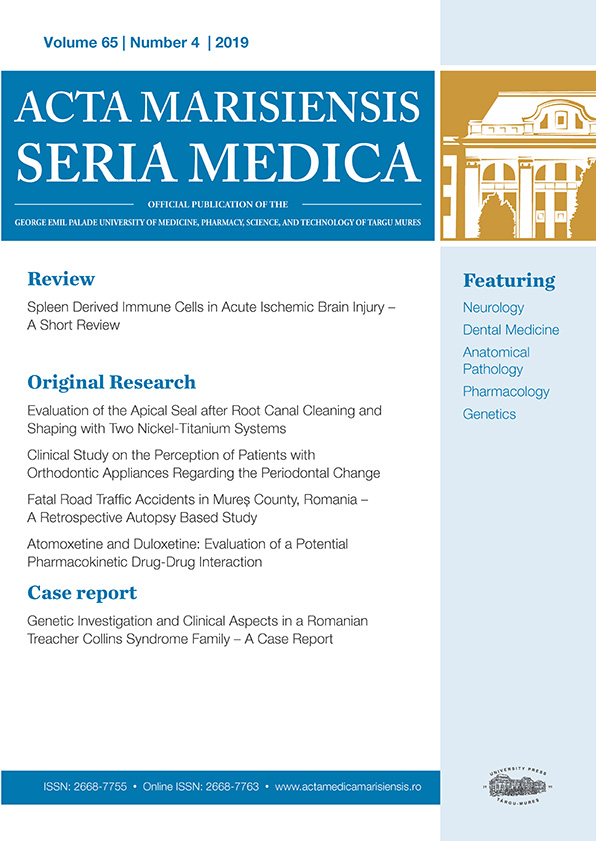Multiorgan morphological changes caused by hyperthermia - case study on experimental model
Multiorgan response on hyperthermia
Abstract
Morphologic changes in organs vary from nonspecific to specific ones, depending on causes of sudden death, e.i whether it is an acute, subacute or chronic event. Studies on biopsy material show dilatation of glomerular capillaries, bleeding into the interstitium and vascular path, in small and large vessels. The aim of the pilot study was to observe the appearance and occurrence of morphological characteristics on organs that were exposed to long-term effects of hyperthermia. A sample of 7 rats was exposed to a water temperature of 41 °C, which is defined in the literature as "heat stroke temperature", both sexes, weighing 250 to 300 g were used. Tissue samples, obtained by dissection of rats, were fixed in 10% buffered neutral formalin, at room temperature, then incorporated into paraffin blocks, cut at 4-5 microns, mounted and stained with standard hematoxylin-eosin (HE) method. In order to prove/exclude lipid and glycogen accumulation in hepatocytes we did additional histochemical staining, using Sudan black and Periodic Acid Shiff (PAS) method, respectively. We obtained samples from kidney, liver, pancreas, spleen, lung and brain. Analyzing tissue samples of different organs obtained from seven Wistar rats, we gained insight into morphological changes caused by induced hyperthermia. All sampled organs showed congestion and some degree of oedema. The most prominent changes were observed in liver and lung samples. Tissue samples of the lung of all seven rats showed signs of acute bronchitis and bronchiolitis, together with signs of initial bronchopneumonia. We also noticed signs of focal acute emphysema as well as focal accumulations of foamy macrophages. Our study suggests that changes in the vascular bed occur soon after hyperthermia and while some organs are more tolerant to heat stroke than others, most organs show similar changes consisting of capillary dilation, congestion and interstitial extravasation, observed after 30 minutes at a temperature of 40.5 °C, with the most significant changes were observed in liver and lung samples.
Copyright (c) 2023 Emina Dervišević, Nina Čamdžić, Suada Kuskunović-Vlahovljak, Muamer Dervišević

This work is licensed under a Creative Commons Attribution 4.0 International License.









